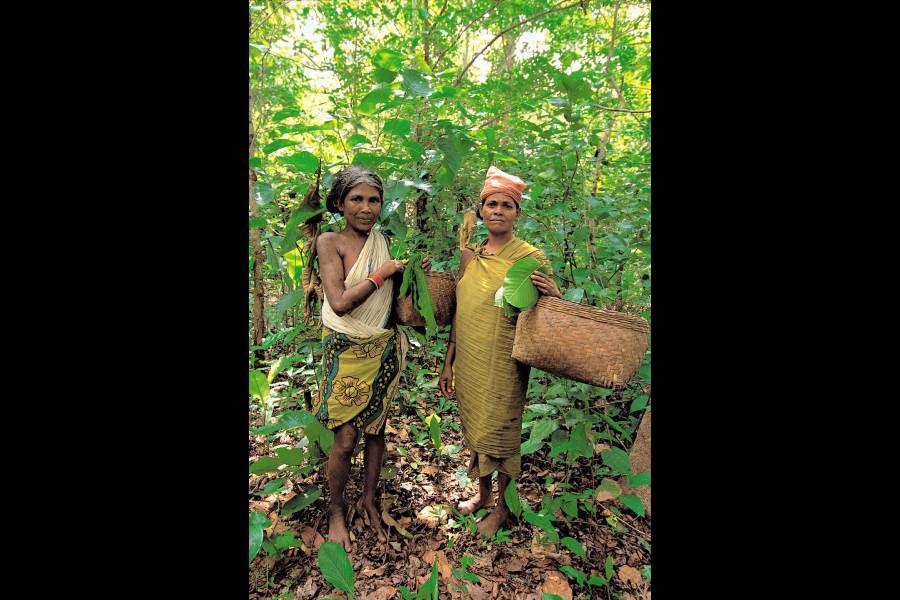Book: LANDSCAPES OF WILDERNESS
Author: Narendra
Published by: HarperCollins
Price: Rs 399
Shuffling from a North Indian village in the 1950s and the 1960s to the wilderness of Bastar and the “unknown hills” of Abujhmad before dropping anchor in the concrete jungle of Ghaziabad, a preference for the unstructured life of the wild is evident in Narendra’s latest book.
The narrative constantly moves among these three spaces and it is clear that the seeming purposelessness of the people of Abujhmad fascinates the author. “I have attempted to provide some glimpses of the richness of India’s countryside, and of the raw wisdom that comes straight from the soil and the heart... In these pages the reader will meet some individuals who lived by an unhewn and simple ethos.... Theirs was good and honest living — one that did not need God or Constitution to be simple and civil.”
Still, he admits that the lack of activity beyond the bare minimum did get to him. “Most times solitude was about the only ‘activity’ one could indulge in. Who does not like solitude? But I was not prepared for so much of it. Living it day after day and year after year, many times it did seem irksome” till — by his own admission — “slowness and vacancy gradually became a habit”.
Looking back, he recalls “the wish to camouflage and hide remained overwhelming” from early childhood. “In some inscrutable ways, being in Abujhmad’s wilds… was one such way of hiding”: this somewhat explains the pull that took him to an area that was not even mapped by the government for six decades since Independence.
The writer first went to Abujhmad in 1980 as part of a field research programme of the United Nations University (Tokyo) and the Centre for the Study of Developing Societies. He spent five years there before he moved to adjacent areas in Bastar, “focusing on the conversations and expressions” on wilderness, land and water besides the Adivasi way of life. A striking observation is that nobody in Abujhmad asked him why he was there or what he did in Delhi, although the author still has to field such questions in the city 40 years and a couple of books later.
The pace of the book is meandering. The narrative is repetitive but some chapters are enlightening. A case in point is “Gender Relations in the Wilds”, which provides great insights into the life of the Abujhmadias. Motherhood is not deified, children leave their parental home around 10 and move to a “ghotul” (a dormitory for youngsters) where relationships bloom sans adult supervision. Monogamy for both boys and girls is encouraged “but so is changing partners”. Should a girl get pregnant, neither she nor the child are ostracised. And a woman can initiate divorce without hassle.
What one is left asking is whether Abujhmad’s society is still arranged in this manner or has time and technology changed the Abujhmadias. Maybe it will be the stuff of another book from Narendra. Hopefully it will be a lot less rambling than Landscapes of Wilderness.










